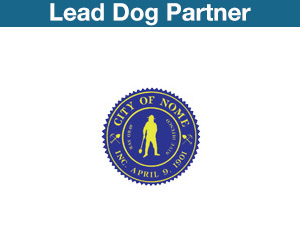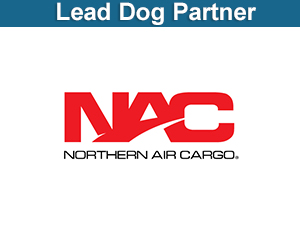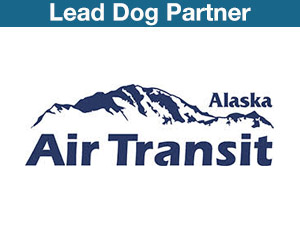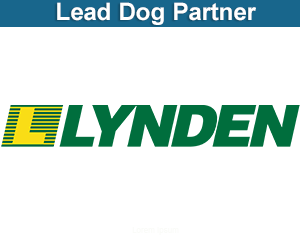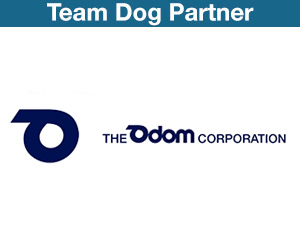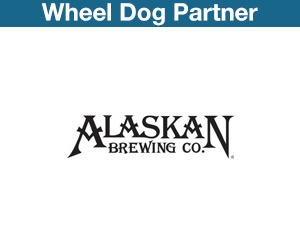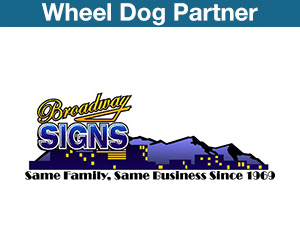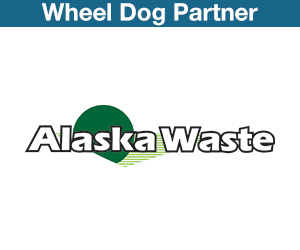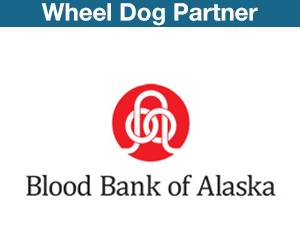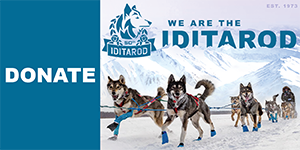by Stuart Nelson, Jr., DVM
Many of you may have experienced knee injuries, including ACL tears. You know what I’m referring to! Ouch! For those of you who may not be aware, the anterior cruciate ligament (ACL) is critical to normal function of the knee joint. This structure, most commonly referred to as the cranial cruciate ligament (CrCL) in dogs, has two primary roles. It stabilizes the stifle joint (knee) in the front to back (cranial to caudal) plane and is essential in maintaining stability from torsional (rotational) forces. Although I have on occasion heard folks incorrectly refer to the carpus (wrist, front leg) as a “knee”, the stifle (knee) of a dog is the articulation between the femur and tibia of the hind leg.
Fortunately, CrCL injuries are rare in sled dogs. Many factors can explain this, including good conformation, proper conditioning and hybrid vigor. When it does occur, it is usually the result of an acute incident, such as stepping in a hole and/or hyperextension of the joint.
In non-sled dogs, this is the most common musculo-skeletal injury requiring surgical intervention. In contrast to the above, poor conformation (too straight in the hindlegs), obesity and purebred status (genetics) predispose an animal to injury. It is often seen in “weekend warriors” who lead rather docile lives five days a week, then engage in robust running and jumping activities on Saturday and Sunday. The immense forces placed on the knee, when “driving” hard with the hindlegs, creates maximum stress on the CrCLs. Heavily muscled breeds that also are typically overweight, such as Labs and Rotts, are particularly vulnerable, although all shapes and sizes can be affected.
There are generally two types of CrCL injuries. The first would be considered an acute injury to an otherwise normal ligament, as mentioned above. Once again, this is the most common scenario in Alaskan Huskies. The second type is associated with chronic weakening of the ligament due to conformation, inadequate muscle tone, age and possibly, autoimmunity. Although the final rupture occurs “suddenly”, it is the culmination of an ongoing deterioration.
In my general practice routine, I may diagnose as many as two or three torn CrCLs a week! The typical history is of a dog that develops a hind leg lameness during some form of physical activity. Often, the owner will administer aspirin or some other anti-inflammatory for a few days, hoping for a resolution. Because dogs have the luxury of putting their weight on the other three legs and “resting” the bad one, some degree of improvement will occur. If the ligament has only been strained, with no partial or full tear, normal function may be regained. However, if there has been any tearing of the ligament, the limp returns “to square one” when vigorous activity is resumed.
The classic diagnostic technique for a torn CrCL is known as the “drawer test.” This requires a veterinary evaluation to determine if there is instability in the joint. In a complete tear, it may be possible to detect the condition on a standard examination, if the dog is relaxed. In tense animals and/or partial tears, anesthesia is necessary to make the diagnosis. In long standing cases (several months), a pronounced thickening of the medial aspect of the joint will also be present. This results from arthritic changes occurring inside the stifle secondary to the instability. Radiographs will be taken to evaluate for such changes.
It may be possible for small (less than 20 pounds) and relatively inactive dogs to achieve adequate stifle stabilization with time and rest. Thickening of the joint capsule during the healing process may be sufficient to accomplish this. However, in larger and/or active dogs, surgery is necessary. When the stifle is not adequately stabilized, degenerative joint disease will ensue, resulting in minimal function and chronic pain. In addition, because a greater percentage of the body weight will be carried by the opposite hindleg, the odds are very high for a similar injury in that one. Immobility may result!
There are a large number of surgical procedures that may be utilized to stabilize the stifle, with volumes written on the subject. In general, all have the potential to be very successful, although it is impossible to guarantee a return to 100% of normal. Maximum recovery usually takes four to six months. Various forms of physical therapy are often recommended. Glucosamine and chondroitin supplements, in addition to anti-inflammatory pharmaceuticals, are often prescribed by veterinarians for long term joint care.
In conclusion, keep your dog fit and trim, and have a veterinary exam if lameness develops. Early diagnosis and stabilization of a stifle affected by a CCrL tear will optimize recovery and joint health.







